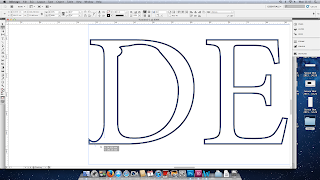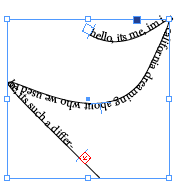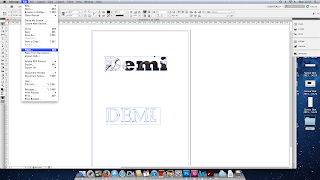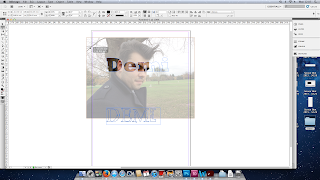Today I really looked into the character's in my trailer. I did this by interrogating them. I took the idea from the filmscape website,
CLICK HERE.
I then took the character Aaron, and asked some of the questions found on the website.
I looked at the family side of the questionnaire as I thought it would be interesting as we know Aaron and Sydney live alone.
Position in family?:
Im the first born, my younger sister, Sydney is all I got really. My parents died when I was young, Syd was only a baby, maybe one. I was around five. So we lived in orphanages and foster homes until I turned 18, then I became Sydney's legal guardian and now I take care of her.
Parents: happy? together?
My parents were together before they died, although they weren't happy. They fought a lot.
Relationship with siblings?
I got one sister, 17. Were very close, always have been, more so when we were younger, she goes out a lot now.
Major love interest?
No no, I don't have time to date, I have to take care of the house and Sydney.
Hobbys?
I like to write, poems and books. It calms me. And I like reading.
Fears?
Loosing Sydney.
I then looked ay Sydney and had her answer some questions:
Fears? Phobias?
Not scared of anything
Any secrets?
That would be telling, besides, everyone has secrets. Some just don't admit to them.
Skills?
Manipulating people to get my way
Hobbies?
Going out to parties
Did your parents death affect you?
Well I don't remember it or them. So it didn't affect me personally. But I guess it affected my upbringing, never got a home, always jumping between foster parents.
Who do you hang around with? Are they good or bad influences?
Mostly Chris, sometimes an older guy who helps me with some issues. And good or bad depends on who you ask.
I then recorded the questions and answers as Sydney.
Sophie then also decided to interrogate Sydney. This is how I answered her questions:
Kate's questions were about her character, the female immigrant.
And finally Marcus asked his questions to his character Aaron.





